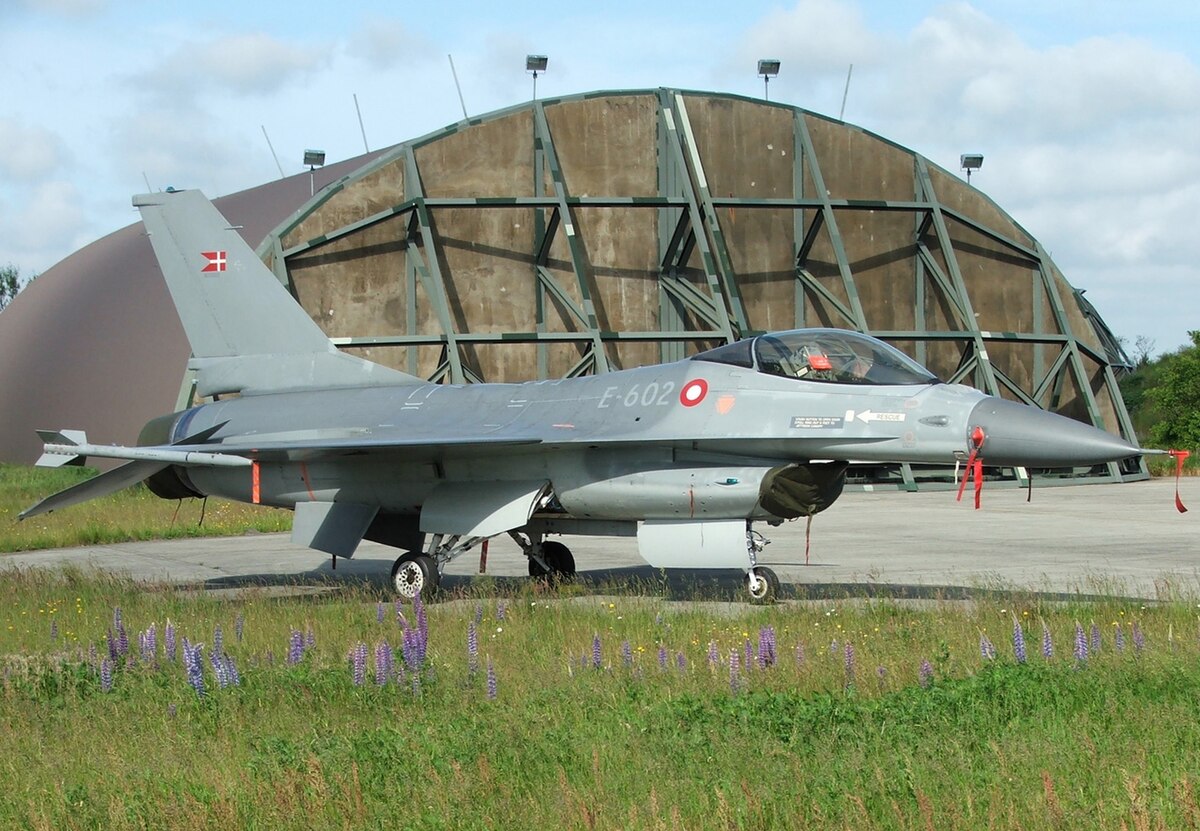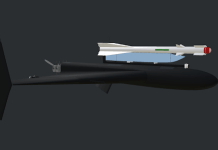In a bold display of confidence, a Russian Su-35 fighter pilot has declared his readiness to confront the arrival of F-16 fighter jets in Ukraine.
F-16s “Sitting Ducks” For Russian MiG-31 Fighters? Putin Warns Of Consequences Over Fighting Falcons
This announcement is part of an escalating preparation by the Russian Air Force, spurred by the imminent delivery of Western aircraft to bolster Ukraine’s defense.
On July 20, the Russian Ministry of Defense released a video in which Alexander, a Su-35S fighter pilot, confidently declared that Russian flight crews had thoroughly studied the capabilities of the F-16, reported state-owned TASS news agency.
“Our flight crew is ready to meet the F-16 aircraft. I studied their strengths and weaknesses. The skill of the flight crew will allow us to complete the combat mission to defeat this aircraft [F-16],” Alexander asserted.
He pointed out that the Su-35S was more advanced than the American fighter, with superior sighting capabilities and long-range missiles.
According to the Russian Defense Ministry. Aircraft crews have been patrolling the warzone around the clock in all weather conditions to defend the nation’s air borders from enemy attacks.
In addition to the Su-35, Russian Su-30 pilots have also been preparing for a potential face-off with the US-made F-16 fighter jet.
Earlier this month, Su-30 fighter pilots claimed to have developed specialized combat tactics to counter the F-16, asserting that the American jets would not pose a significant threat in combat scenarios.
The Russian pilots have thoroughly studied the F-16’s aerodynamic characteristics, which they noted had remained consistent with the single-engine design.
Russian media frequently highlighted the confidence of their pilots in their ability to engage the F-16 in close air combat, where they believed they could exploit the aircraft’s weaknesses to gain an advantage.
Both novice and experienced Russian pilots regularly participate in training sessions to prepare for various combat situations, including potential encounters with American aircraft.
Su-35 Flanker-E/M Vs F-16 Fighting Falcon
The first contingent of F-16 fighter jets destined for Ukraine is poised to arrive soon, following commitments from the Netherlands, Denmark, Norway, and Belgium to supply nearly 80 of these aircraft as part of a coalition formed in July 2023.
According to early reports, up to 20 F-16s might be delivered by the end of the year, which has fueled conjecture in the Russian media about possible air battles between Russia’s formidable Su-35 aircraft and the US-made fighters.
The F-16, a fourth-generation aircraft, first entered service in the late 1970s alongside the F-15 Eagle and the Soviet Su-27. The Su-35, part of the 4.5 generation, represents an upgraded version of fourth-generation fighters and was introduced in the late 1990s.
In terms of size, the Su-35 significantly outmatches the F-16, boasting dimensions that include a length of 72 feet and a wingspan of 50 feet — approximately 50 percent larger than the F-16 and nearly twice the weight at over 18 tons.

Additionally, the F-16s assigned to Ukraine — specifically Danish and Dutch models — are F-16 MLU (Mid-Life Update) models from the Cold War era. Upgraded in the mid-1990s, these models feature improvements like the AN/APG-66(V)2 radar and GPS navigation.
On the other hand, the Su-35’s advanced capabilities pose a significant challenge. Its Irbis-E radar reportedly detects airborne targets up to 400 kilometers away, potentially giving it an edge in beyond-visual-range combat scenarios.
The Su-35’s maneuverability, enhanced by thrust-vectoring technology allowing for agile maneuvers like the “Cobra,” further underscores its combat prowess, particularly in close-range engagements.
In addition to its advanced radar capabilities, the Su-35 is equipped with formidable missiles. Notably, the R-37 boasts a target-detection range of up to 400 kilometers (249 miles), while the R-77-1 extends to 110 kilometers (68 miles).
These missiles, characterized by their “fire and forget” capability and onboard radar for precise targeting, enhance the Su-35’s lethality in combat scenarios.
Conversely, Ukraine’s F-16s are expected to be armed primarily with the AIM-120 Advanced Medium-Range Air-to-Air Missile (AMRAAM). The latest variant, AIM-120D, is estimated to have a range of approximately 100 miles, surpassing the R-77 but falling short of the R-37’s extended range capabilities.
The outcome of a long-range missile engagement between the Su-35 and F-16 hinges on numerous critical factors.
These include the efficiency of the airborne jammers and decoys used by both sides, the fighters’ smooth integration into missile defense systems and radar networks situated on the ground, and the fighter jets’ ability to coordinate with the airborne radar aircraft.
- Contact the author at ashishmichel(at)gmail.com
- Follow EurAsian Times on Google News




